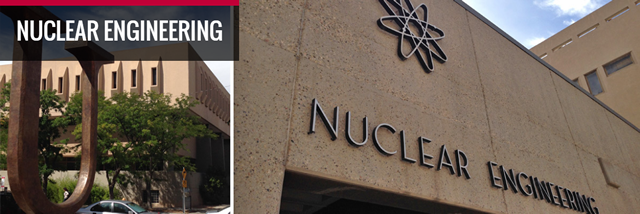
Nuclear Engineering ETDs
Publication Date
2-1-2016
Abstract
Uranium mining and milling in the Grants Mining District (GMD) in northwestern New Mexico resulted in environmental impacts on the areas soil, stream sediments, surface water and groundwater. The Bluewater mill, a predominant mill within the GMD, disposed of tailings in unlined tailings piles causing widespread groundwater contamination. This study utilized Uranium-234/Uranium-238 (234U/238U) isotopic ratios in conjunction with chemical and other isotopic data from the Bluewater uranium mill area to discriminate between uranium-mill derived groundwater contamination and groundwater with no known anthropogenic influence and to better understand the interaction of groundwater movement among the alluvial aquifer and adjacent San Andres aquifer. Analysis of data suggest that groundwater from the two aquifers have similar water quality characteristics yet are distinctly unique and have similar background uranium concentrations of about 14 μg/L. Isotopic analysis provided an effective tool for assessing the mixing of groundwater and extent of contamination from uranium milling operations.
Keywords
uranium, isotope, activity rato, mill, mining
Document Type
Thesis
Language
English
Degree Name
Nuclear Engineering
Level of Degree
Masters
Department Name
Nuclear Engineering
First Committee Member (Chair)
Moore, Kenya
Second Committee Member
Corrales, Jose
Recommended Citation
McHaley, Curtis. "Use of Chemical and Isotopic Signatures to Distinguish Between Uranium Mill-Related and Naturally Occurring Groundwater Constituents at the Bluewater Disposal Site." (2016). https://digitalrepository.unm.edu/ne_etds/31


